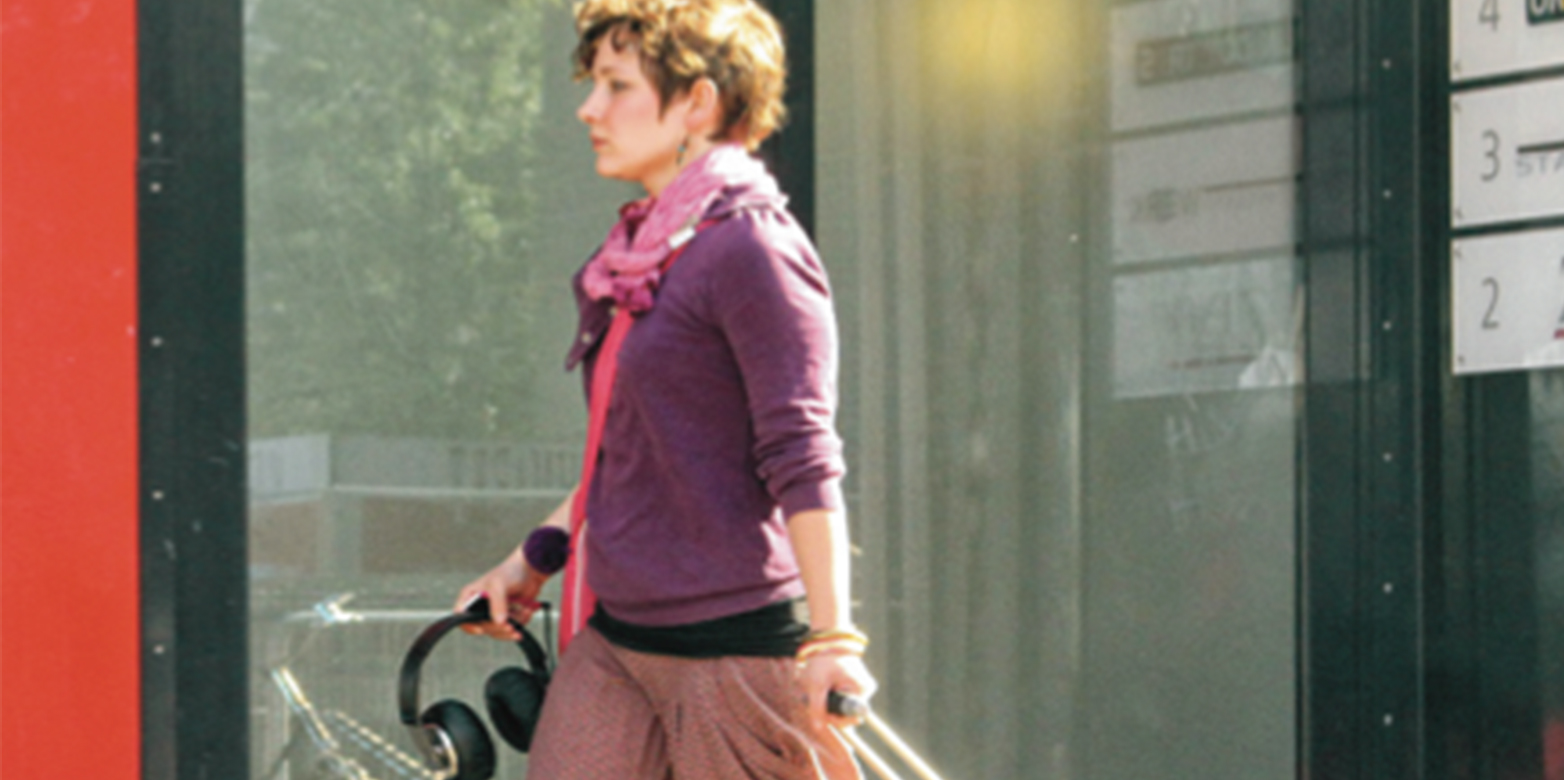Multilocal Living Arrangements in Switzerland

Mobility in the interplay of material, social and biographical conditions
More and more people live multilocally. This observation is the starting point of this project. Multilocal living is a term describing a continued existence across two or more living locations. As a social phenomenon this is not new, but it is undergoing a fundamental change in terms of extent ,qualities and its particular characteristics within the context of increasingly rapid social changes in late modernity. Therefore, it has far reaching consequences for the constitution of contemporary societies. There is, however, a gap between the social relevance of the phenomenon of multilocal living practices, existing research and the qualified knowledge about it.
Against this background, the exploratory project pursues three objectives: 1) capturing dimensions/scales, social demographics and forms of organisation of multilocal living, 2) exploring motives, practices of everyday life and subjective meanings, and 3) developing theoretical and methodological concepts for understanding multilocal living as a distinctive socio-spatial strategy in the context of the new research field of Multilocality Studies.
The phenomenon is complex, dynamic and so far only scarcely explored. Thus, the project refers to various theoretical concepts of different related research fields. Data will be collected using two quantitative and two qualitative approaches, which will be combined for purposes of triangulation: 1) analysis of secondary data, 2) gathering of primary data, 3) guided interviews and 4) photo interviews.
On the one hand the findings will provide a sound basis for further research on lifeworlds, which are increasingly spatio-temporally separated in late modernity. On the other hand, our results will lay the foundation for considering the practical policy implications of this phenomenon, related to housing, transportation etc.
- Download Artikel NZZ 25. Mai 2014 (in german) (PDF, 409 KB)
- Download Medienmitteilung vom 16. Juni 2015 (in german) (PDF, 140 KB)
- Download Rapport des médias 16 juin 2015 (in french) (PDF, 106 KB)
- external page Artikel "Blick", 16. Juni 2015 (in german)
- external page Artikel "Swiss-Architects", 19. Juni 2015 (in german)